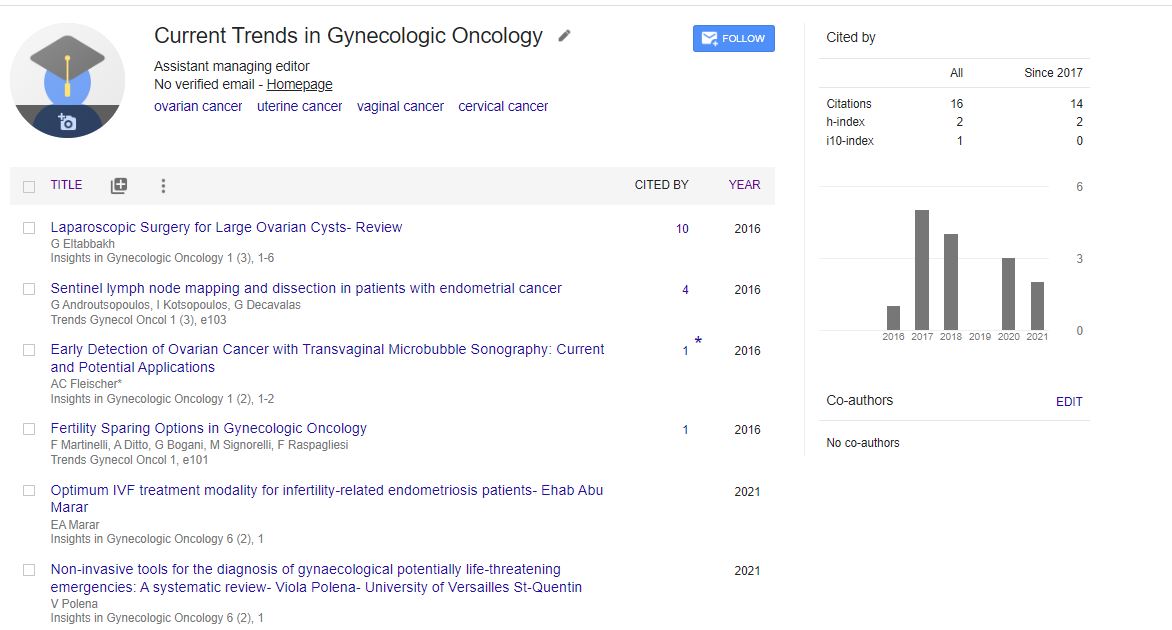Prevention of accidental retention of vaginal swabs and tampons during childbirth using a novel âdesignâ solution within a âhuman factors systems approachâ towards patient safety
*Corresponding Author:
Copyright: © 2020 . This is an open-access article distributed under the terms of the Creative Commons Attribution License, which permits unrestricted use, distribution, and reproduction in any medium, provided the original author and source are credited.
Abstract
Introduction: In UK, retained swabs after vaginal birth and perineal suturing are classed as “Never events.1 Retained vaginal swabs have accounted for around 30% of retained foreign object -‘never events’ reported on an annual basis for a number of years. Retained vaginal swab post-delivery could cause significant morbidity and patient may experience serious physical and psychological complications, including infection, secondary post-partum haemorrhage, sepsis, depression, lack of bonding with their baby and loss of trust in the healthcare system. As yet, the interventions developed to prevent this problem have focussed towards changing human behaviour. As per hazard control hierarchy, a ‘human factors’ engineered solution is more likely to be effective than just modifying human behaviour4. We present a ‘human factors engineered system’ where a design solution and human behaviours complement each other, to prevent human error.
Aim of the project: To prevent the accidental retention of vaginal swab with a simple device so as to ‘design out’ the human error. We present findings from a formative usability study done in a high fidelity simulation environment, which looked at the user experience, safety and acceptability of the novel device system.
Description of the device: The device has a seatbelt plug in system where by each swab tail has a plastic clip at the end which plugs into the device displaying a green indicator when all are plugged in and a red indicator when one or more are disconnected. The aim is to ensure that all swabs are returned and not retained in the patient. Its major benefit is its simplicity and cost effectiveness.
Methods: Seven healthcare professionals who work in that particular clinical area participated in the usability study done by NIHR Medtech, University hospitals, Birmingham. Each user session lasted for approximately 40 minutes and it involved audio video content, hands-on session using the device
in a high fidelity theatre simulation set up and feedback in the form of a semistructured interview
Usability study findings: All the participants have a positive attitude towards the device being supportive of the concept but made some valuable design recommendations based on their clinical practice and personal preferences. The device is external to the patient and is mechanical and therefore poses no risk to the user or the patient as observed in the simulated environment. The feedback suggested improving the design of the clips in order to make them finer and to make the device compact and easy to handle. This valuable feedback led to further prototype iterations in the device development journey. A simulation study and a pilot study in childbirth clinical environment is being planned to develop further understanding.
Conclusion: The users found the design solution acceptable and felt positive about the concept. Further evaluation studies are required to establish the reliability of the system in preventing the accidental retention. Further evaluation studies should be planned to establish the reliability of the system in preventing accidental retention and to design a ‘human factors engineered system’ where a design solution and human behaviours complement each other, to prevent human error.

 Spanish
Spanish  Chinese
Chinese  Russian
Russian  German
German  French
French  Japanese
Japanese  Portuguese
Portuguese  Hindi
Hindi 